

Volume 80
Published on February 2025Volume title: Proceedings of the 4th International Conference on Computing Innovation and Applied Physics

With the progress of the times, the effective use of energy is becoming more and more important. Among a lot of energy sources, electric energy is currently the most widely used. However, the thermal effect of conventional conductors affects the efficient use of electrical energy. But the superconducting phenomenon presents a solution to this problem. This paper first introduces the phenomenon of superconductivity, the history of research on superconductivity, and the classification of superconducting materials, and explores the potential applications of superconducting materials in various fields. The role of computer science is particularly prominent. The application of superconducting technology has made quantum computers possible, and more efficient storage has also increased the scope of application of superconducting technology. In addition, superconducting technology also makes energy transmission more efficient. Finally, this article proposes the challenges and prospects facing the development of superconducting technology, among which the working temperature is the primary problem to be overcome.

 View pdf
View pdf


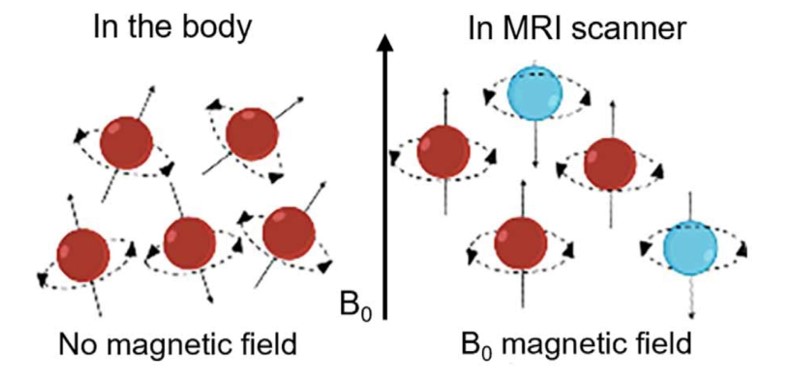
Magnetic Resonance Imaging (MRI) serves as a crucial diagnostic tool, employing the principles of magnetic resonance to facilitate the non-invasive examination of various anatomical structures within the body. Through its ability to provide detailed images of soft tissues, MRI has become indispensable in modern medicine. This paper reviews both the advantages and limitations associated with MRI, while also exploring its innovative applications in the field of agriculture. Notably, MRI is utilized for analyzing crop root systems, allowing researchers to gain insights into plant health and growth. Additionally, its capacity for non-destructive detection is instrumental in assessing food quality and identifying essential components within different food products. Furthermore, the paper discusses anticipated future advancements in the field of MRI, particularly through the adoption of Ultra-High Field MRI technology. Such advancements are expected to significantly enhance imaging capabilities for cardiac conditions, among other medical applications. Moreover, the integration of artificial intelligence (AI) into MRI practices holds great promise, as it is likely to address existing challenges related to imaging quality in Ultra-High Field MRI applications, ultimately improving diagnostic outcomes and patient care.

 View pdf
View pdf



In the last decade, Texas has experienced increasing immigration and tremendous economic growth. The housing market of Texas, benefiting from the state's expansion, has caught the attention of a wide range of investors. An accurate prediction of future housing prices is crucial for investment decisions. The VAR model is a multivariate time series model that reflects how different inner-correlated variables influence each other, and it is widely used in housing price studies. This article will use the VAR model to forecast Texas housing prices for the next decade and compare the results with the forecast from the ARIMA model. Both models show an increasing housing price trend for the next decades, and the VAR model shows a significant correlation between housing prices and household income. Thus, it is reasonable to recommend investments in Texas real estate property. On the other hand, this article also believes that the increasing housing prices could pose challenges for lower-income households and first-time buyers, and the government should develop policies that resolve the affordability issue.

 View pdf
View pdf


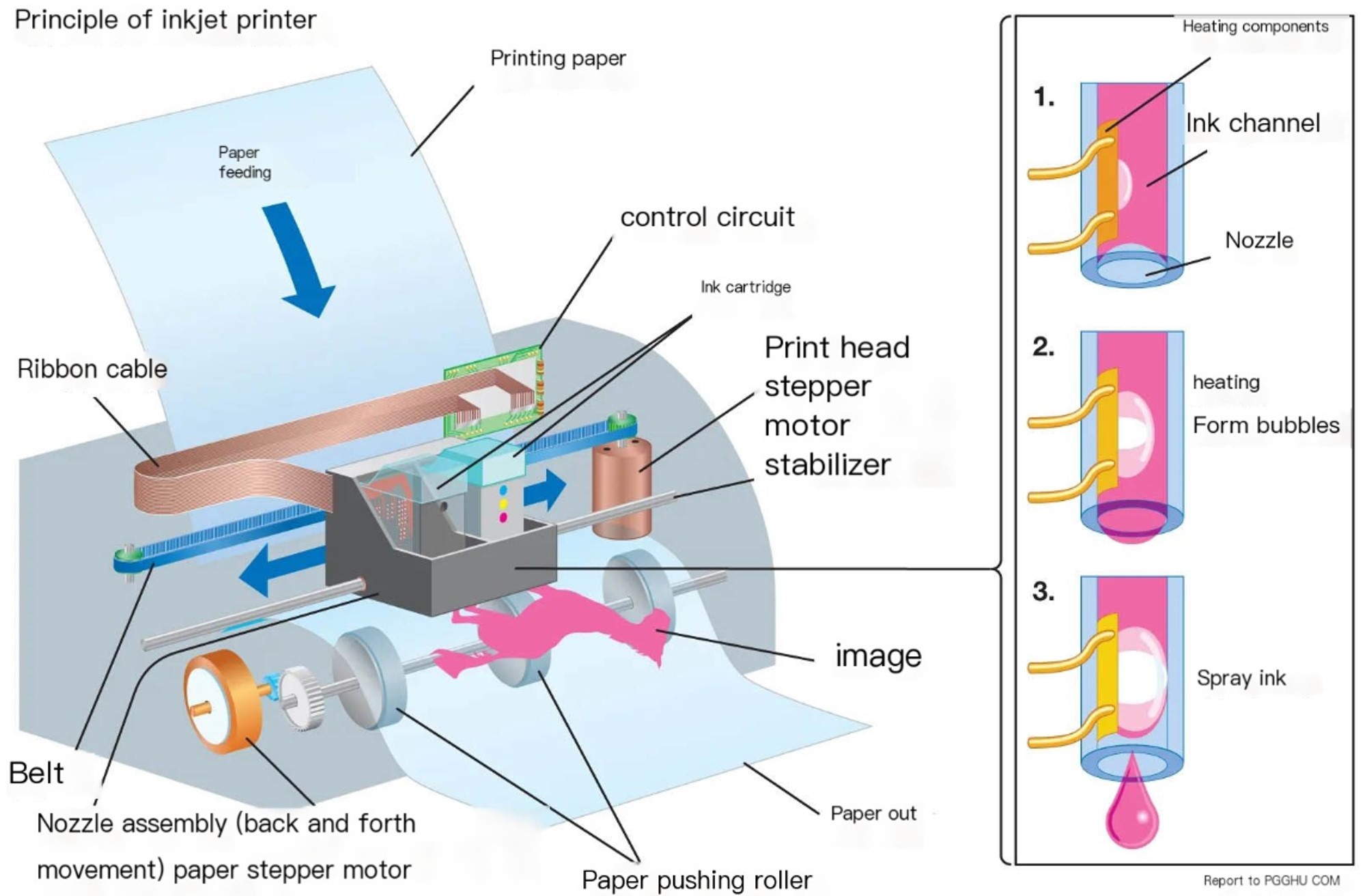
With the rapid development of digital technology, inkjet printing technology is being increasingly applied in various fields. The electromagnetic valve, as the core component controlling ink droplet ejection, determines the precision and stability of the printing process. This paper delves into the optimization of inkjet printers, underscoring their pivotal role in sustainable development and the critical function of solenoid valves in controlling ink ejection for achieving high-quality printing. It discusses thermal and piezoelectric inkjet technologies, addressing the challenges faced by solenoid valves, such as environmental adaptability and durability. The paper further explores optimization solutions and future trends, including miniaturization and enhanced environmental adaptability. Conclusively, advancements in inkjet printers and solenoid valves are essential for improving efficiency, reducing costs, and promoting environmental sustainability. The optimization of inkjet printers not only enhances printing efficiency and quality but also positively impacts energy conservation, emission reduction, and resource utilization, making them increasingly significant in the digital transformation across various industries.

 View pdf
View pdf


Recent years have seen heightened global focus on energy shortages and carbon emissions, driving the shift to low-carbon and environmental protection. Despite efforts, carbon emission growth remains a challenge for a low-carbon economy. Electric vehicles (EVs), due to their low-carbon benefits, have seen rapid adoption worldwide. However, issues like limited driving range, long charging times, and inadequate charging infrastructure hinder EV development. Dynamic wireless charging technology for EVs offers potential solutions. It introduces Wireless Power Transfer (WPT) for EVs, addressing charging issues and enhancing range, albeit with challenges in efficiency and cost. This article reviews the research history and principles of wireless charging, analyzing advancements in both static and dynamic wireless charging for EVs globally. Future research should focus on integrating advanced materials, machine learning algorithms, and multi-objective optimization techniques to further improve the efficiency, cost-effectiveness, and scalability of dynamic wireless charging systems for EVs. Significant achievements have been made in improving electromagnetic efficiency, reducing resistivity, and enhancing anti-misalignment. Optimization schemes like fan-shaped annular guides, bipolar guides, secondary-side resonance, and rectangular coils have been introduced to further enhance performance.

 View pdf
View pdf


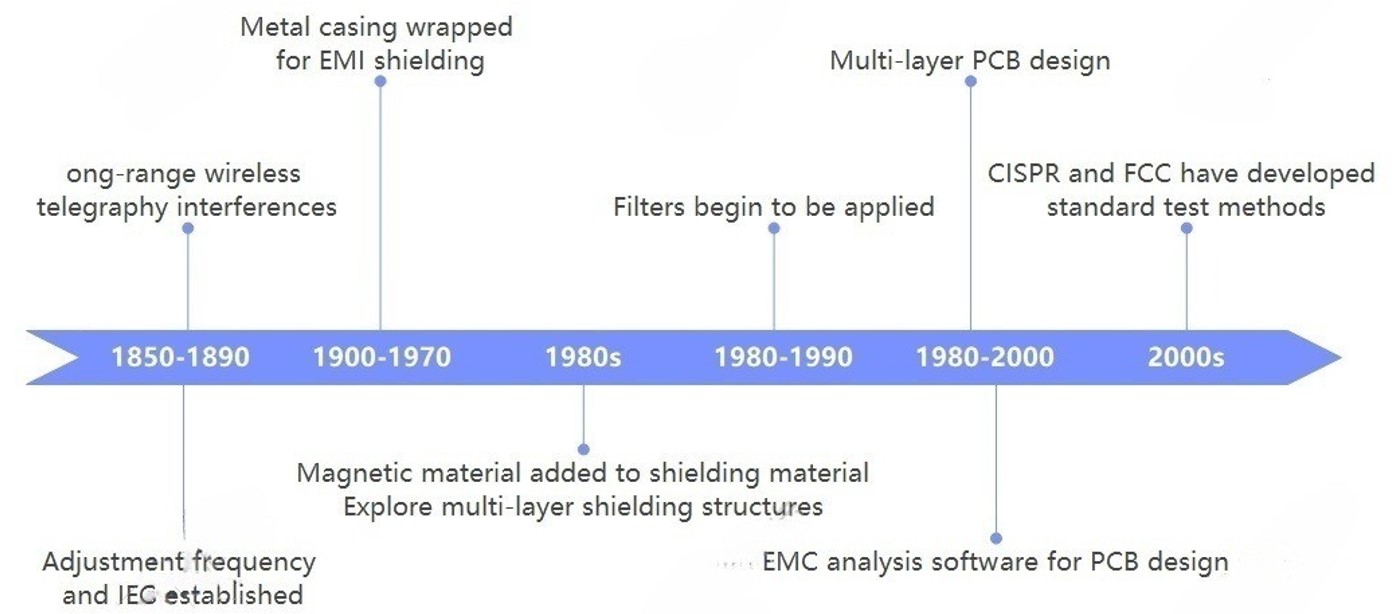
With the rapid development of modern technology, the widespread use of electronic equipment makes electromagnetic interference (EMI) problems intensify, electromagnetic compatibility (EMC) is increasingly important. This article first describes the basic concepts of EMI and EMC. The generation and propagation mechanism of EMI are specifically introduced. It reviews the development history of EMC, from the early simple shielding method to today's multi-layer shielding, high-performance filtering and other complex technologies. Then discuss its applications in wireless communications, such as building models to solve RF desensitization, addressing EMI challenges in OAM mode communications, and conducting EMC analysis of 5G technology to help spectrum management. In the field of new energy vehicles, EMC also plays an important application in ensuring safety. Finally, it discusses the current EMC and EMI challenges such as spectrum tension and interference in wireless systems and introduces the latest research results such as new modulation techniques and signal processing methods. In conclusion, this article comprehensively analyses EMC and EMI related contents, and systematically summarizes some research results from the main developments and applications in recent years, providing a reference for dealing with related issues.

 View pdf
View pdf


While people enjoy the convenience of wireless communication and electronic technology, attention is also on the rise for sustainable electromagnetic interference (EMI) shielding and absorbing materials. However, traditional EMI shielding materials are mainly metal and synthetic polymer materials, which are usually non-degradable and difficult to recycle. So the development of environmentally friendly electromagnetic materials has become crucial. In this paper, the environment-friendly electromagnetic materials are classified into natural materials, renewable and degradable composites, polymer-based nanomaterials, and multifunctional composites. These materials are appreciated for their ability to filter EMI and absorb waves, making them valuable in fields such as 5G communications, aviation, and wearable technology. Furthermore, this study underlines the advantages of green preparation science and technology, which have a significantly lower environmental effect than traditional material preparation techniques. Despite these advancements, substantial challenges remain, including high production costs and a lack of knowledge of the underlying principles that govern material performance. Addressing these issues is critical to increasing material efficiency and economic feasibility. The paper suggests future research directions for establishing scalable, cost-effective production procedures and performing comprehensive studies to improve scientific understanding.

 View pdf
View pdf


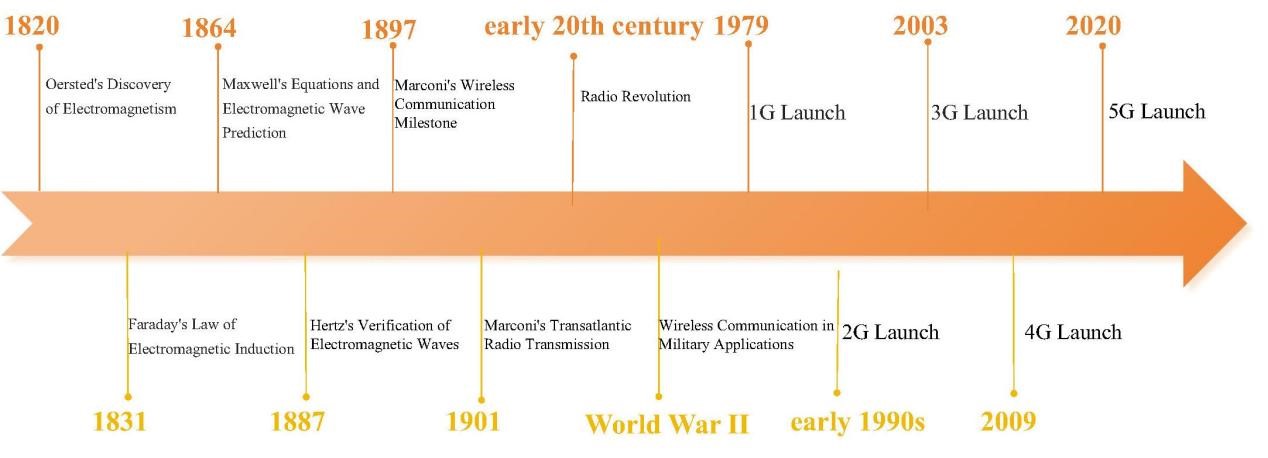
Throughout history, advancements in communication technology have been instrumental in shaping human civilization. From the early days of radio transmission to the current era of 5G networks and the frontiers of 6G research, each leap forward has brought about significant changes in society. This paper seeks to delve deeply into the historical development and application of wireless communication technology, offering a thorough examination of its evolution. This paper provides historical experience and realistic guidance for the future development of communication technology, highlighting the importance of these advancements in shaping human society. It also reveals the important achievements and future trends in this field, shedding light on how these technologies have transformed various sectors, from personal communication to global data exchange. The analysis not only provides valuable experience and insights but also points out the direction for future research and practice, ensuring that we continue to harness the full potential of wireless communication to drive innovation and progress.

 View pdf
View pdf


In today's society where the Internet and information networks are so developed, the need for confidentiality of information transmission is more and more important, no matter whether it is in the business sector, the military, medical care, or individuals. In this paper analyses the basic working principles of four different communication systems, namely, the high-dimensional chaotic laser communication system, the chaotic synchronous confidential communication system based on the reserve pool calculation, the ultra-chaotic system based on the amnesia, and the communication system based on the Duffing vibrator array, from encrypting the signal and sending it from the transmitting end to receiving, demodulating and converting the encrypted signal from the receiving end. The differences between the different parts of each system are compared. Finally, it is found that today's communication systems have the disadvantages of poor confidentiality, weak anti-jamming, high cost, low accuracy, etc., respectively, and suggestions for modification are made. Finally, the future development of communication is looked forward to

 View pdf
View pdf


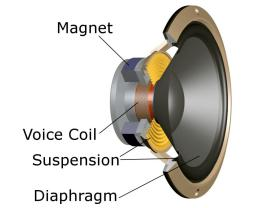
Loudspeakers and headsets are ubiquitous electronic devices essential to modern life, finding extensive applications in medicine, education, entertainment, and communication. This paper explores their fundamental operating principles, rooted in electromagnetic and acoustic theories, and provides a comprehensive analysis of their mechanisms. It summarizes various optimization strategies aimed at enhancing performance, including advancements in acoustic output, material innovations like carbon nanotubes, structural design improvements, and computational efficiency through algorithms such as adaptive impedance matching and genetic algorithms. The study also addresses current challenges faced by these devices, such as the trade-off between miniaturization and sound quality, escalating production costs, limited battery life, and issues related to prolonged user comfort. Furthermore, it highlights evolving user expectations for higher sound quality, longer battery life, and more ergonomic designs. By synthesizing existing research and forecasting future trends, the paper offers valuable insights into the ongoing development of loudspeakers and headsets, anticipating that innovations in artificial intelligence, smart materials, and personalized audio technology will significantly shape their future evolution

 View pdf
View pdf




